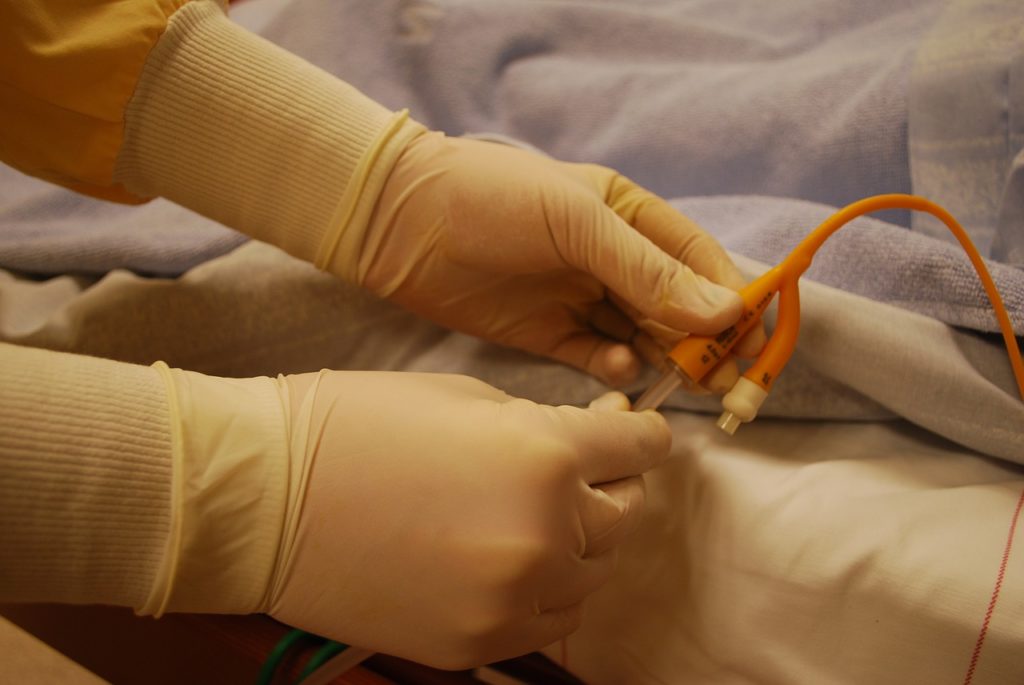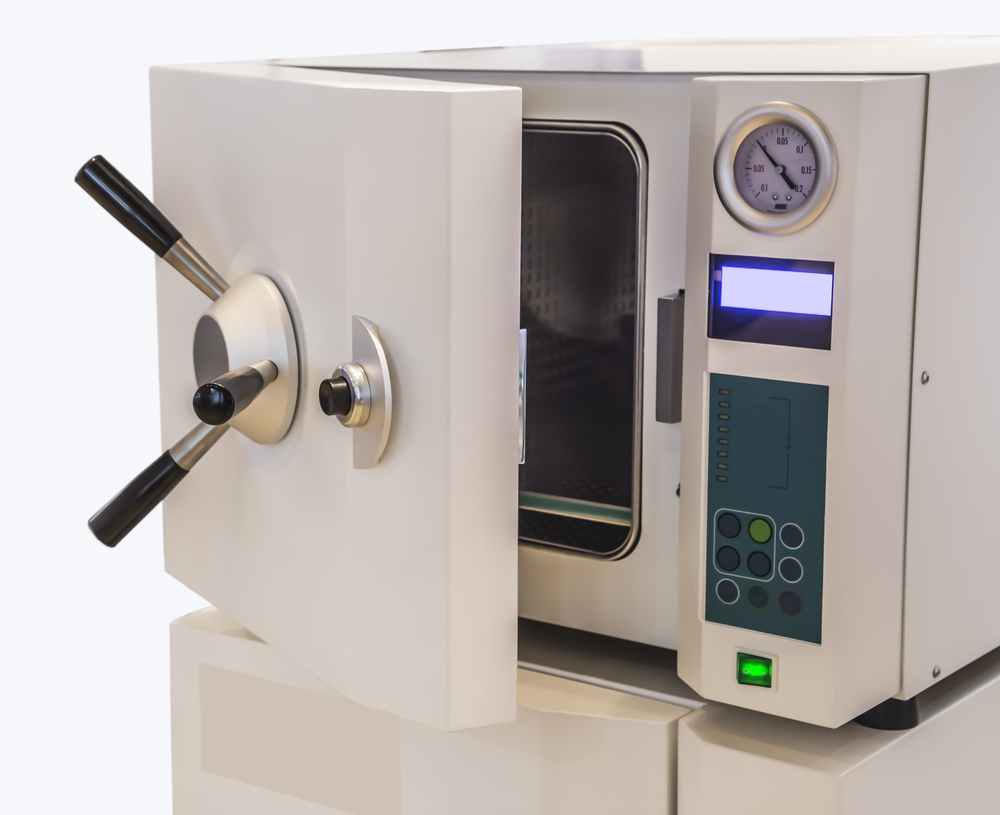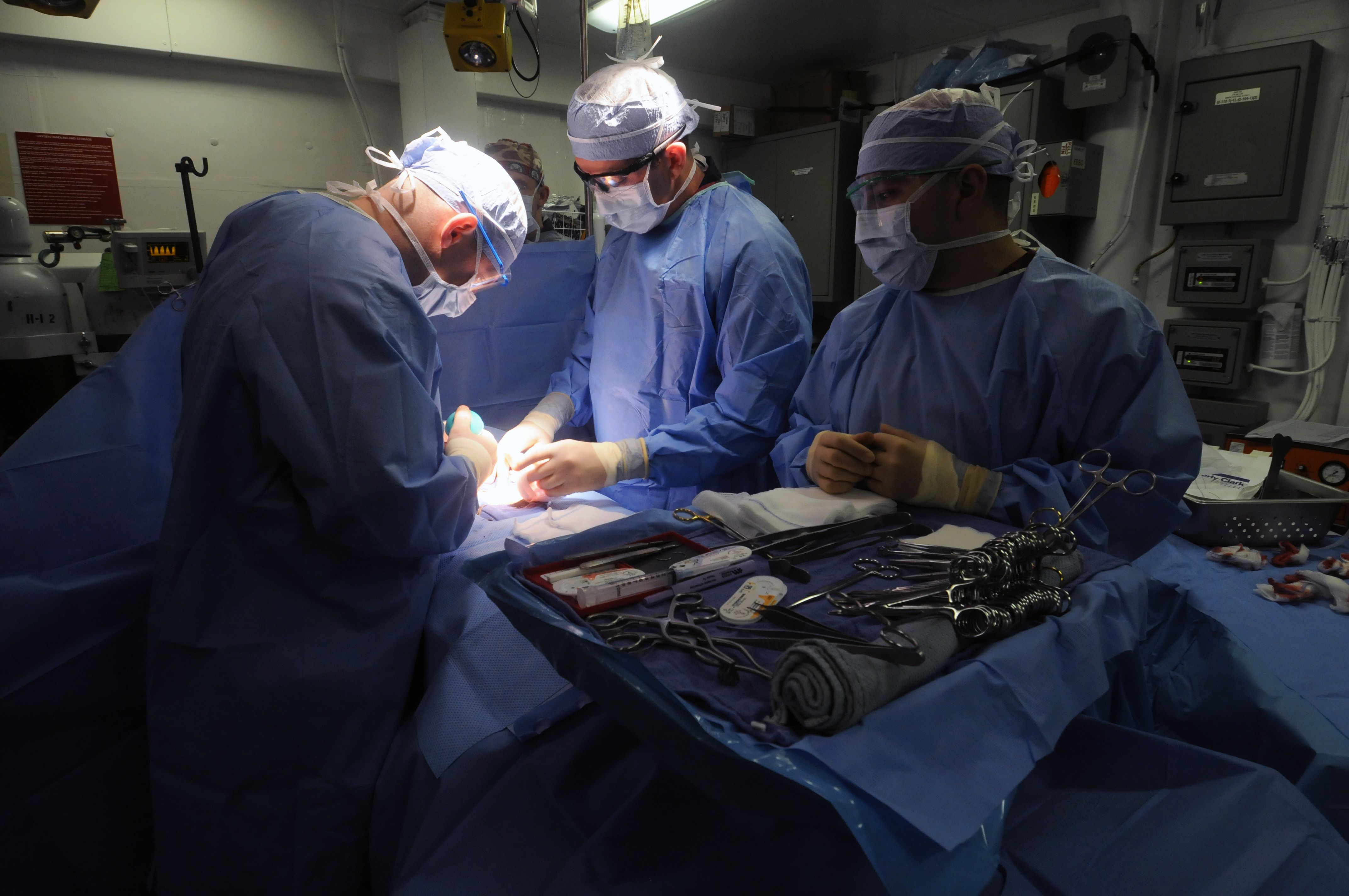Yesterday, the US Food and Drug Administration (FDA) rolled out the first draft guidance documents for four medical device types deemed eligible for the agency’s newly established premarket notification pathway.
Formerly the 510(k) pathway, the Safety and Performance Based Pathway was created to benchmark new devices against FDA-identified safety and performance criteria as opposed to older predicate devices. The issue with using older predicate devices for comparison is that they may not reflect modern technologies used in devices today.
According to a statement, the four eligible device types — conventional Foley catheters, cutaneous electrodes for reporting purposes, orthopedic non-spinal metallic bone screws and washers and spinal plating systems — were chosen because consensus standards already exist or performance criteria are under development.
By ditching the side-by-side performance assessment with a predicate device, manufacturers can potentially achieve market approval faster.
“The major benefit is that the pathway will benchmark modern technology against modern standards while, at the same time, offering a potentially more efficient way to demonstrate a new device is substantially equivalent to devices already on the market,” said Dr. Jeff Shuren, director of the Center for Devices and Radiological Health. “This new approach may also drive greater market competition to develop safer, more effective devices by providing the opportunity to demonstrate superior performance to the FDA-established benchmarks.”
The Safety and Performance Based Pathway is an expansion of the FDA’s Abbreviated 510(k) pathway, where submission relies on a mix of FDA guidance documents, compliance with special controls for the device type or voluntary consensus standards. Contrary to what the name suggests, this is no less work for the manufacturer; it’s simply a different way of demonstrating substantial equivalence to an approved device. Demonstrating that a particular device conforms to “recognized standards” can be useful if demonstrating substantial equivalence to a predicate device is challenging.
Some critics of the Safety and Performance Based Pathway are not on board with the heavy reliance on consensus standards. The problem is, not all devices are covered by consensus standards. At the time of the 510(k) revamp announcement, a VP of the trade group AdvaMed said, “It is somewhat difficult to determine the impact of this effort.”
It will take significant effort on the FDA’s part to continually update and develop appropriate performance criteria. Determining new criteria will require the “experience and expertise of internal staff, information in literature, and analyses of data available to the FDA.”
While the FDA continues to identify other device types that may be eligible for this new pathway, there may be some that cannot rely entirely on performance criteria, but remain eligible for submission through other review processes.
Device manufacturers can expect more changes to regulations not just in the US, but around the world. In contrast to the FDA, the EU Medical Device Regulation (MDR) set to take effect in May 2020, places a greater emphasis on demonstrating substantial equivalence to predicate devices. Manufacturers will need to remain vigilant with the evolving regulatory landscape.












Join or login to leave a comment
JOIN LOGIN